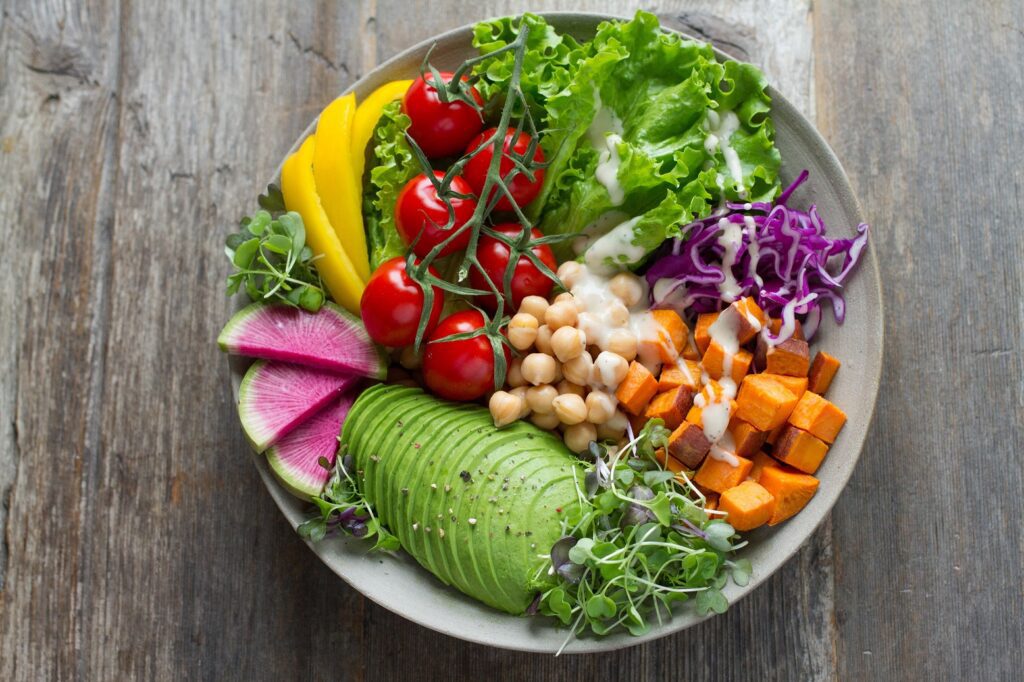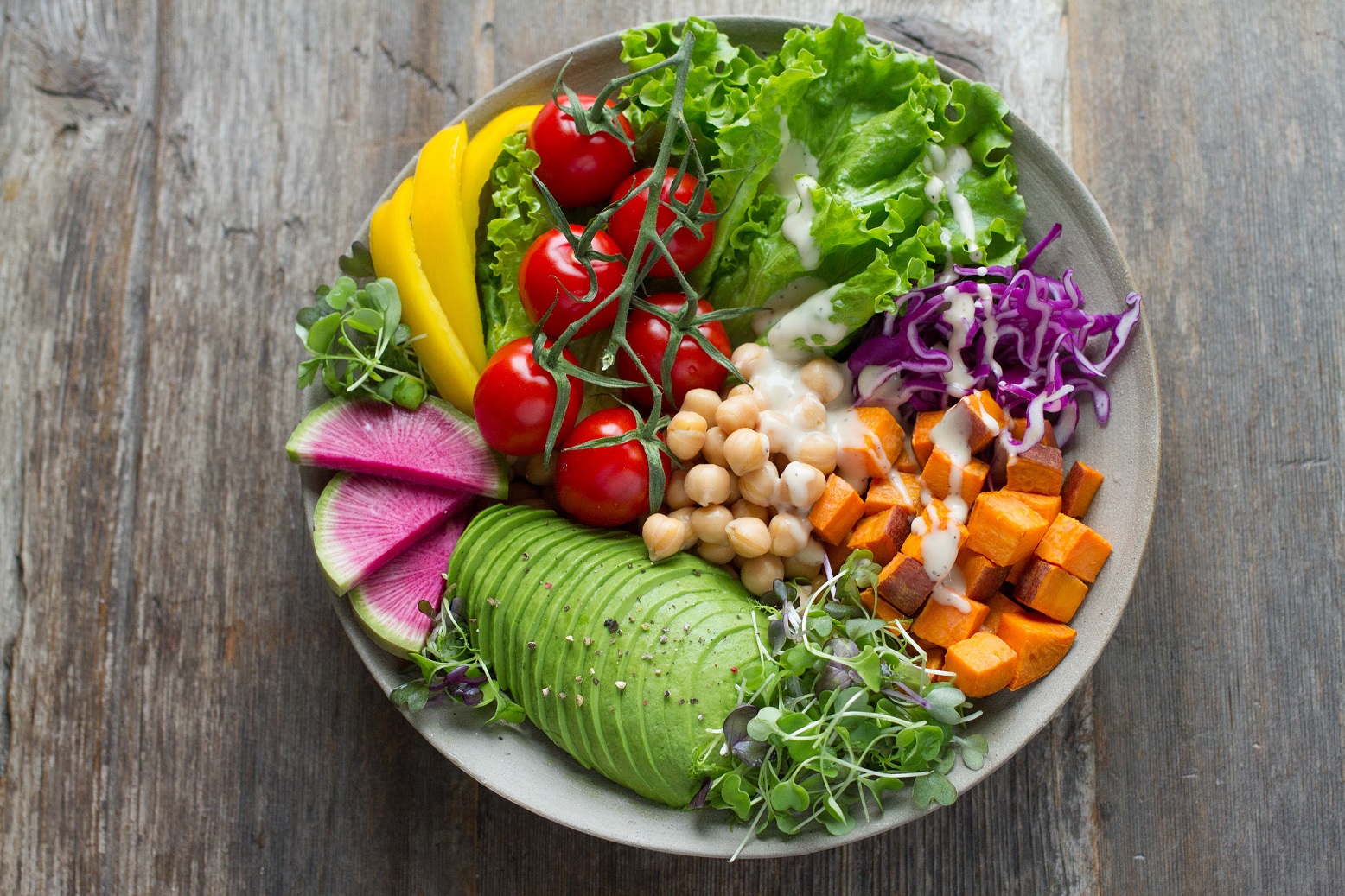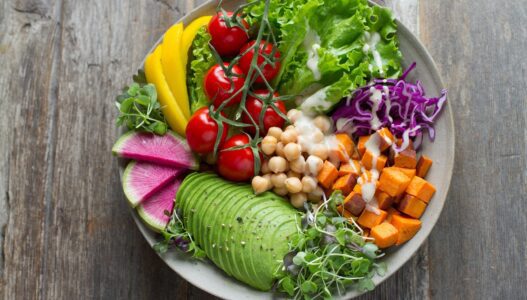In considering foods to avoid with arthritis, it may help to know that research is increasingly showing that certain foods can aggravate or even cause arthritis. In this article we discuss what might be best eliminated from the diet and some possible mechanisms of food sensitivity.
Arthritis refers to a range of musculoskeletal conditions in which the individual’s joints become inflamed and/or damaged which could result in pain, stiffness, disability or deformity. Actually ‘arthritis’ is not a single disease. It is an informal way of referring to joint disease of any kind. There are more than a 100 types of arthritis. Conservative estimates suggest that over 54 million adults and 300,000 children suffer from arthritis and other joint conditions the world over.
Until only some years ago, food was not thought to have a significant impact on the symptoms of arthritis. However, more and more emerging research indicates that what we eat can have a significant impact of how distressful or disabling our symptoms are, if we happen to have arthritis. While knowledge about foods to avoid with arthritis has become widespread, what remains poorly understood are the reasons behind the food sensitivity observed with arthritis. We discuss these possible causes first and then present a list of foods to avoid to better manage arthritis symptoms.

Foods to Avoid with Arthritis: Mechanisms of Food Sensitivity
It has been observed that some patients with immunological responses to certain foods such as skin reactions, develop joint symptoms. While studies show no consistent pattern, it is possible that some of these individuals have antibodies to specific foods. The generation of antibodies is an immunological reaction in response to the ingestion of specific foods and the resultant joint pathology could be an effect of these antibodies reacting with different structural elements of joints, for instance the lining of the joint. At times, individuals develop markedly raised levels of specific antibodies to some foods, which might drop dramatically with the elimination of these foods from the diet. Some investigators have suggested that the response to the consumption of certain foods that impinge upon joint structure and function are both immunological as well as non-immunological.
Diets that eliminate certain foodstuffs have been seen to alter gut flora and those in whom this change occurs appear to do well when the offending food is removed from the diet. While still conjectural, it is possible that the type of gut microbe and its metabolism contribute to the course and severity of arthritis. Thus, elimination diets might actually work not only because the offending food is removed but also because of the attendant changes in gut microbial activity, indicating that gut milieu is an important factor to consider in the management of arthritis.
Interestingly, levels of antibodies to a gut microorganism, Proteus mirabilis, might be associated with the activity of the disease process in arthritis. Studies have demonstrated that those who respond to elimination diets have lower levels of antibodies to Proteus, thereby indicating that the immunological handling of this and possible other bacteria is correlated with the body’s response to certain foods and more importantly, to the immunological underpinnings of the disease process in arthritis.
The science behind food sensitivity is not fully explored but it is known that food sensitivity plays a role, especially in 30-35% of rheumatoid arthritis patients and that avoiding offending foods can have immense benefits. The mechanisms of how foods induce or aggravate symptoms of arthritis is yet to be fully elucidated, although there are many promising leads for future research.
Foods to Avoid with Arthritis: Some Examples
Regardless of the type of arthritis one has, cutting back or eliminating foods that contribute to or maintain an inflammatory state can significantly reduce symptoms and ease pain and dysfunction. Some foods to avoid with arthritis include high calorie foods. Obesity is strongly associated with arthritis and fat is known to generate chemicals that can cause inflammation. Reducing high calorie foods helps shed weight which eases the stress and wear and tear of joints.
Advanced glycation end products or AGE’s are present in high fat foods, processed foods and foods that are fried, grilled, microwaved or baked. Eating fewer meats and high fat dairy foods reduce the AGE load in the body and this may help mitigate inflammation. Foods such as fish, vegetables, fruits, grains and low fat dairy products are known to have fewer AGE’s. Also, for those with arthritis, it might be worthwhile consuming food cooked at lower temperatures or by moist heat, such as steaming.
With arthritis, it is important to be aware of food sensitivities. Many people with arthritis report sensitivity to gluten. Those who are sensitive to gluten should avoid wheat, barley, rye and casein found in dairy products. Those who suffer from rheumatoid arthritis often report sensitivity to dairy foods, citrus fruits or plants of the nightshade family such as potatoes or chilli peppers.
Purine rich foods can result in unhealthy accumulation of uric acids in the body and should likely be consumed sparingly. These types of foods include anchovies, asparagus, organ meats, herring, mackerel, sardines, scallops, dried beans and peas. Alcohol consumption is also well known to increase uric acid levels in the body.
Butter is not only high in fat, it is high in saturated fat which can increase swelling and pain in the body. In addition, butter consumption might increase weight which causes joint stress.
Ecological studies have shown that the prevalence of rheumatoid arthritis is higher in regions where there is higher consumption of red meat. Meats such as beef and mutton have been linked to increased inflammation and joint pain from arthritis. Not surprisingly people with arthritis report less pain when they go on a vegetarian diet.
Sugary foods such as candy and chocolate should be used sparingly by those suffering from arthritis. These foods contain no nutrients or fiber and can cause weight gain.
Vegetables of the nightshade family contain solanine, which might aggravate pain and inflammation in arthritis and should therefore be used judiciously. Members of the nightshade family include eggplants, peppers, tomatoes and potatoes.
Fast foods not only contain empty calories, they are often high in saturated fats, trans fats and monosodium glutamate, all of which are known to increase inflammation and pain in those with arthritis. White flour, white rice and white potatoes as well as many cereals are high-glycemic foods that contain AGE’s that stimulate inflammation and should be consumed carefully. Along with fast foods and foods such as fried foods, processed snacks, frozen breakfasts, cookies, donuts and soda’s, sugary foods such as pastries, desserts, chocolate bars and even fruit juices are well known to aggravate joint symptoms and pathology.
While research has yet to definitively link food sensitivity to the severity of arthritis, being selective about the food that is consumed and eliminating certain foods have been shown to have an enormous impact on joint symptomatology and quality of life in those with arthritis. Making dietary modifications often translates to a lesser need for arthritis modifying drugs that have distressing side effects. We hope that you enjoyed this post and that this information about foods to avoid in arthritis will help you manage your condition better.


